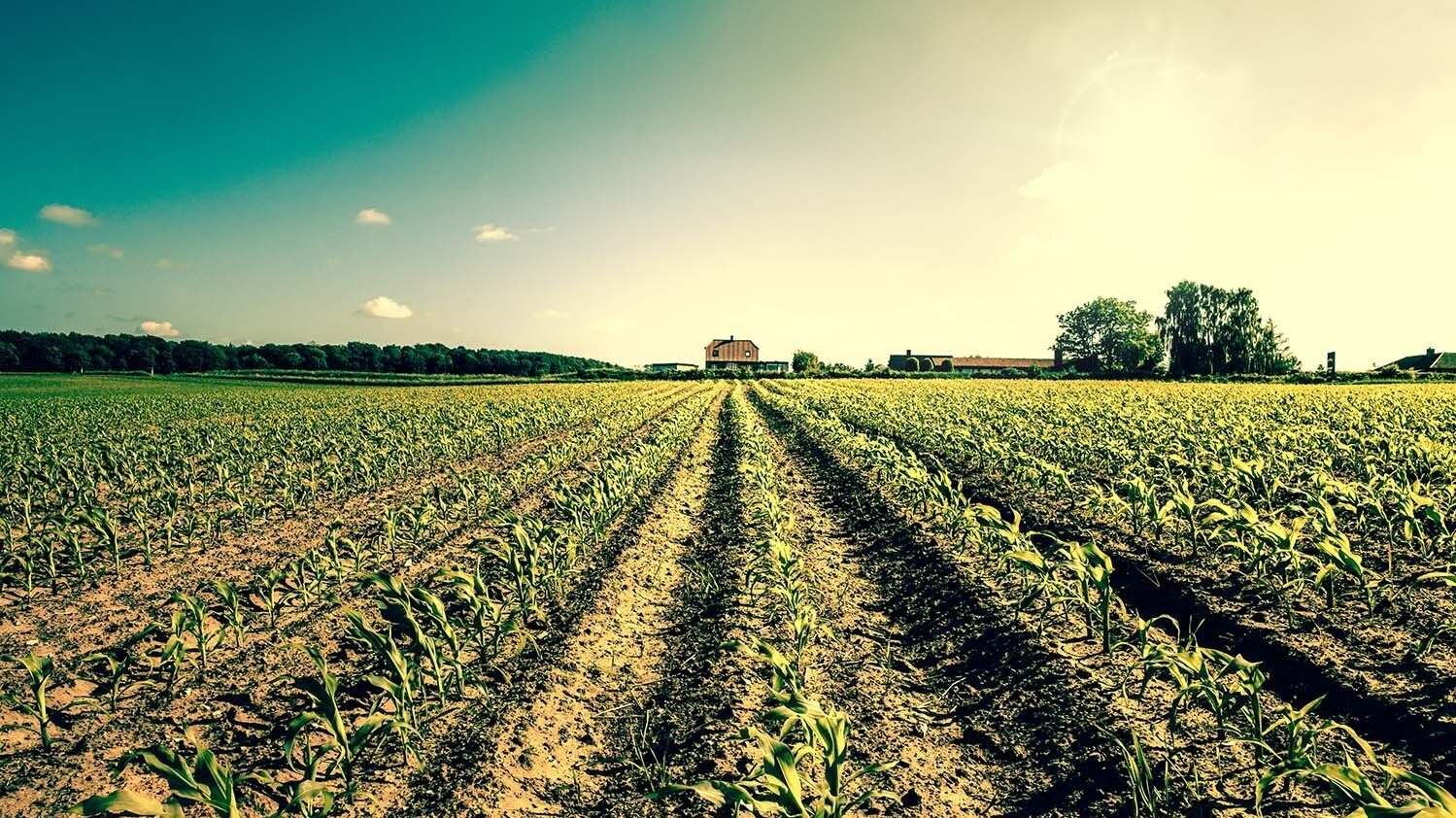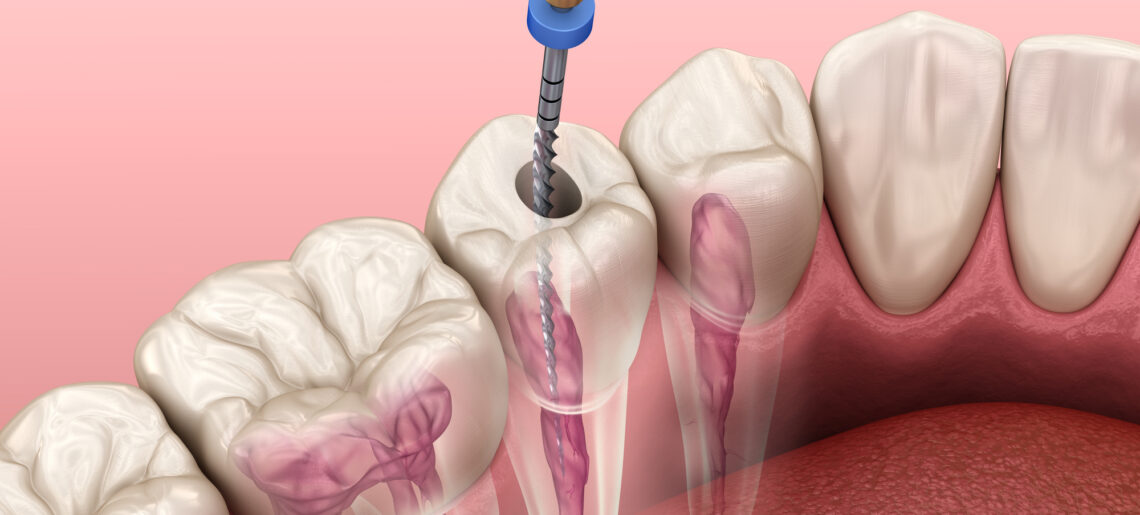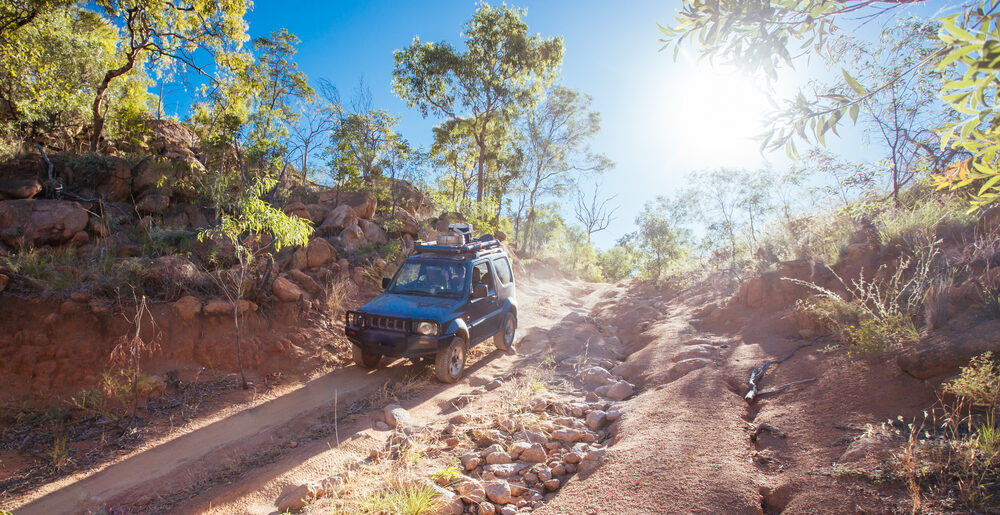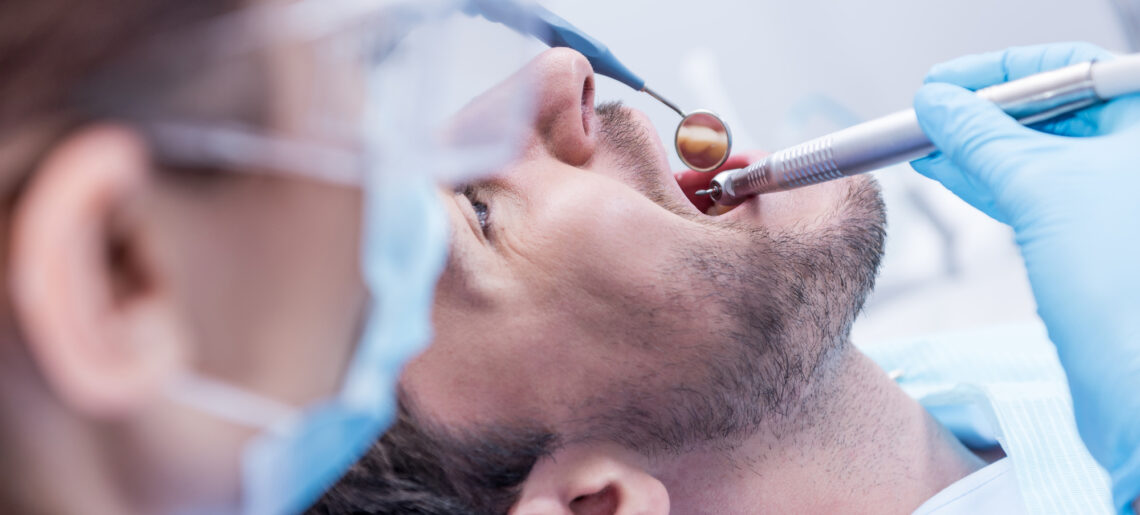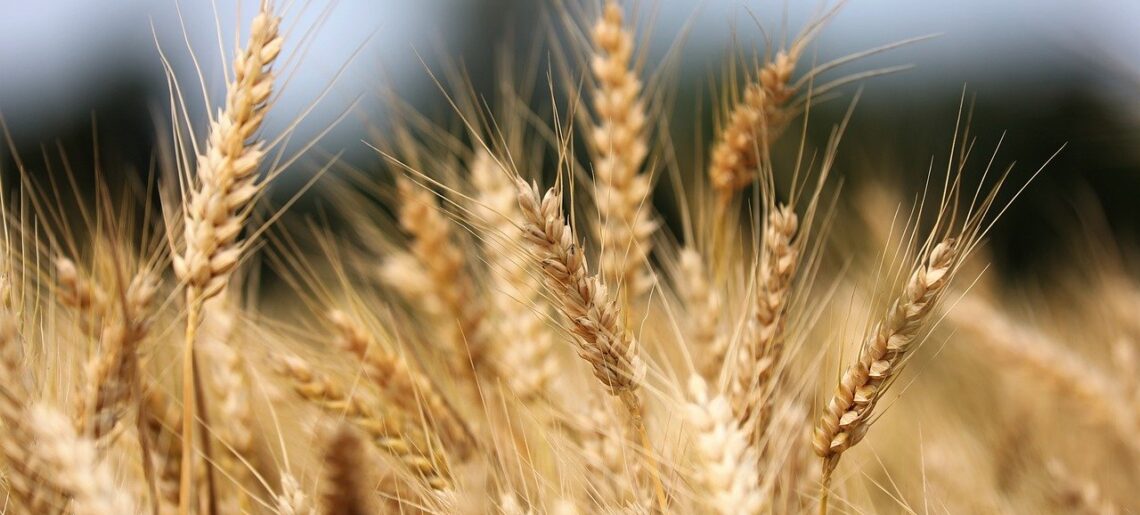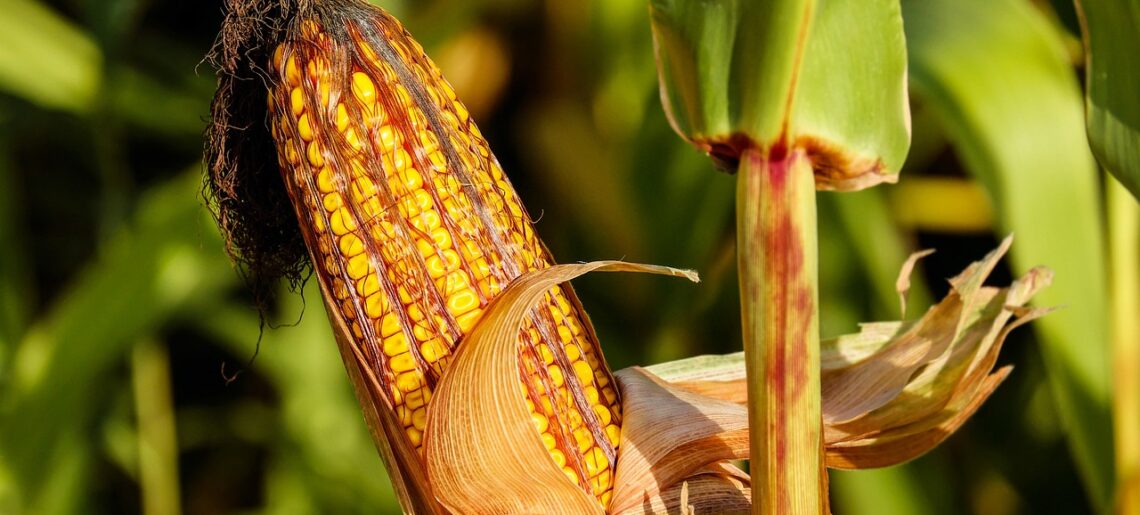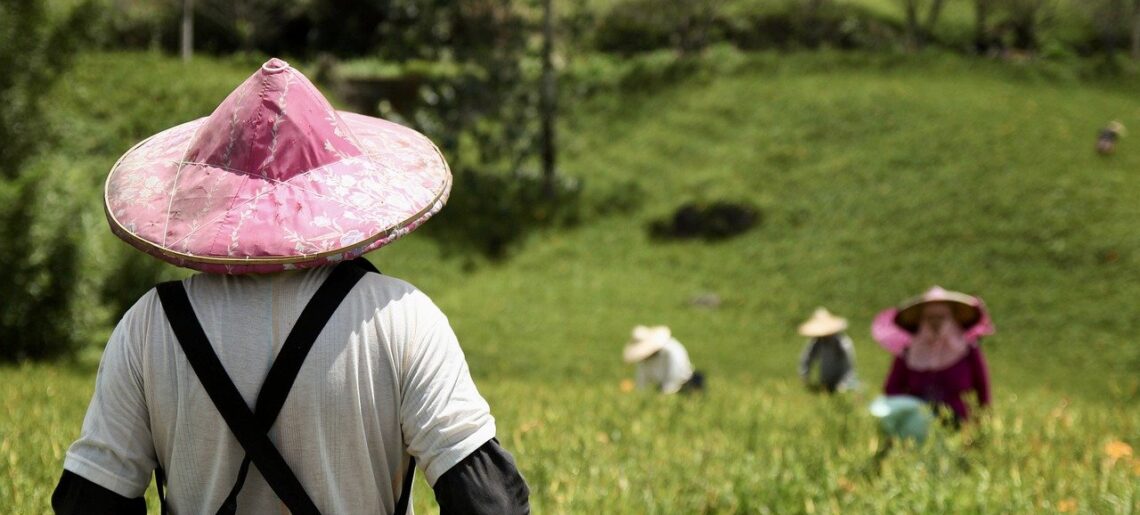Root canal treatments have long been associated with fear and discomfort in the realm of dentistry. However, advancements in technology and techniques have transformed this once dreaded procedure into a more comfortable and efficient experience for patients. In 2024, the landscape of root canal treatment has evolved significantly, with innovative methods paving the way for enhanced outcomes and patient satisfaction. This article explores the latest trends and techniques revolutionizing root canals, highlighting the advancements that are reshaping the field.
The Evolution of Root Canal Treatment
Root canal treatment, also known as endodontic therapy, is a dental procedure performed to treat infection or damage within the pulp of a tooth. Traditionally, this process involved removing the infected or damaged tissue, cleaning the root canal space, and filling it to prevent further infection. While effective, traditional root canal procedures were often associated with discomfort and required multiple visits to the dentist.
However, the landscape of root canal treatment has undergone a significant transformation in recent years, driven by advancements in technology and techniques. Today, patients undergoing root canal treatment can expect a more streamlined and comfortable experience, thanks to innovations that have revolutionized the way these procedures are performed.
Key Innovations in Root Canal Treatment
One of the most significant advancements in root canal treatment is the adoption of rotary instruments and electronic apex locators. Rotary instruments, such as nickel-titanium files, allow dentists to more efficiently and effectively clean and shape the root canal space, reducing the time required for the procedure. Electronic apex locators aid in determining the precise length of the root canal, ensuring thorough cleaning and accurate filling.
Additionally, the integration of cone-beam computed tomography (CBCT) technology has transformed the diagnostic process for root canal treatment. CBCT imaging provides detailed 3D images of the tooth and surrounding structures, allowing dentists to identify pathology with greater precision and develop more targeted treatment plans. This improved imaging technology enhances the success rates of root canal procedures while minimizing the risk of complications.
Minimally Invasive Techniques
Minimally invasive techniques have also gained prominence in the field of root canal treatment, allowing for faster recovery times and reduced discomfort for patients. One such technique is the use of laser technology to disinfect the root canal system effectively. Lasers can target bacteria and debris within the root canal without damaging surrounding tissues, resulting in a more thorough and efficient cleaning process.
Another minimally invasive approach gaining traction is regenerative endodontics, which aims to restore the vitality of damaged teeth by promoting the growth of new tissue. This technique utilizes bioactive materials and growth factors to stimulate the regeneration of pulp tissue, potentially eliminating the need for traditional root canal therapy in some cases.
Patient-Centric Care
In addition to technological advancements, a shift towards patient-centric care has also influenced the way root canal treatments are delivered. Dentists are increasingly focused on providing personalized experiences that prioritize patient comfort and convenience. This includes offering sedation options to alleviate anxiety and pain during the procedure and utilizing digital communication platforms to keep patients informed and engaged throughout their treatment journey.
Furthermore, advancements in materials and techniques have led to the development of aesthetic restorative options for teeth following root canal therapy. Tooth-colored fillings and ceramic crowns blend seamlessly with natural teeth, providing both functional and cosmetic benefits for patients seeking root canal treatment.
Market Leaders and the Future of Root Canal Treatment
As the demand for advanced root canal treatments continues to grow, market leaders in the dental industry are driving innovation to meet the evolving needs of patients and practitioners alike. Companies specializing in endodontic equipment and materials are investing in research and development to bring cutting-edge technologies to market, with a focus on improving outcomes and enhancing the patient experience.
Looking ahead, the future of root canal treatment holds even greater promise, with ongoing advancements poised to further revolutionize the field. From the continued refinement of minimally invasive techniques to the integration of artificial intelligence and robotics, the possibilities for innovation in endodontics are endless.
In conclusion, the landscape of root canal treatment has been transformed by technological advancements and a commitment to patient-centric care. With innovative techniques and materials reshaping the way root canal procedures are performed, patients can now undergo treatment with greater comfort, efficiency, and confidence than ever before. As market leaders continue to push the boundaries of innovation, the future of root canal treatment looks brighter than ever.

